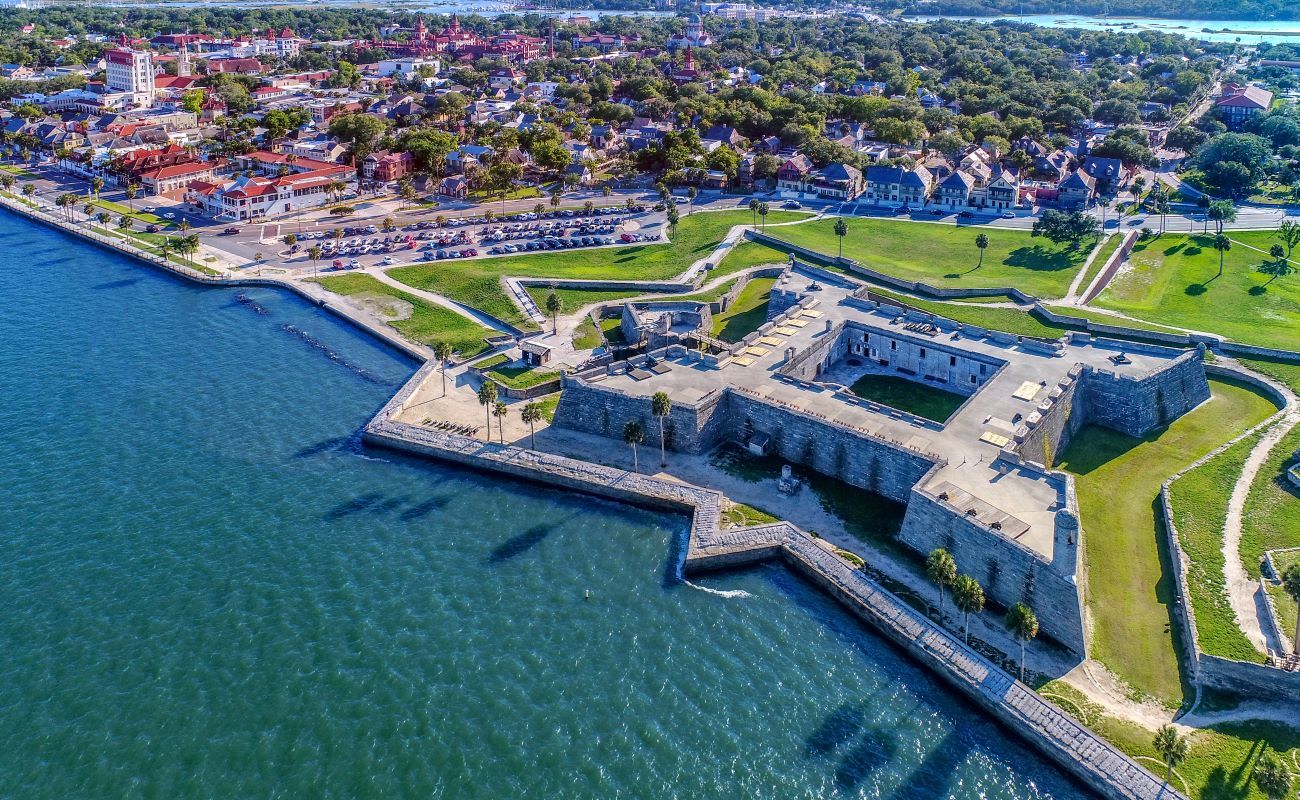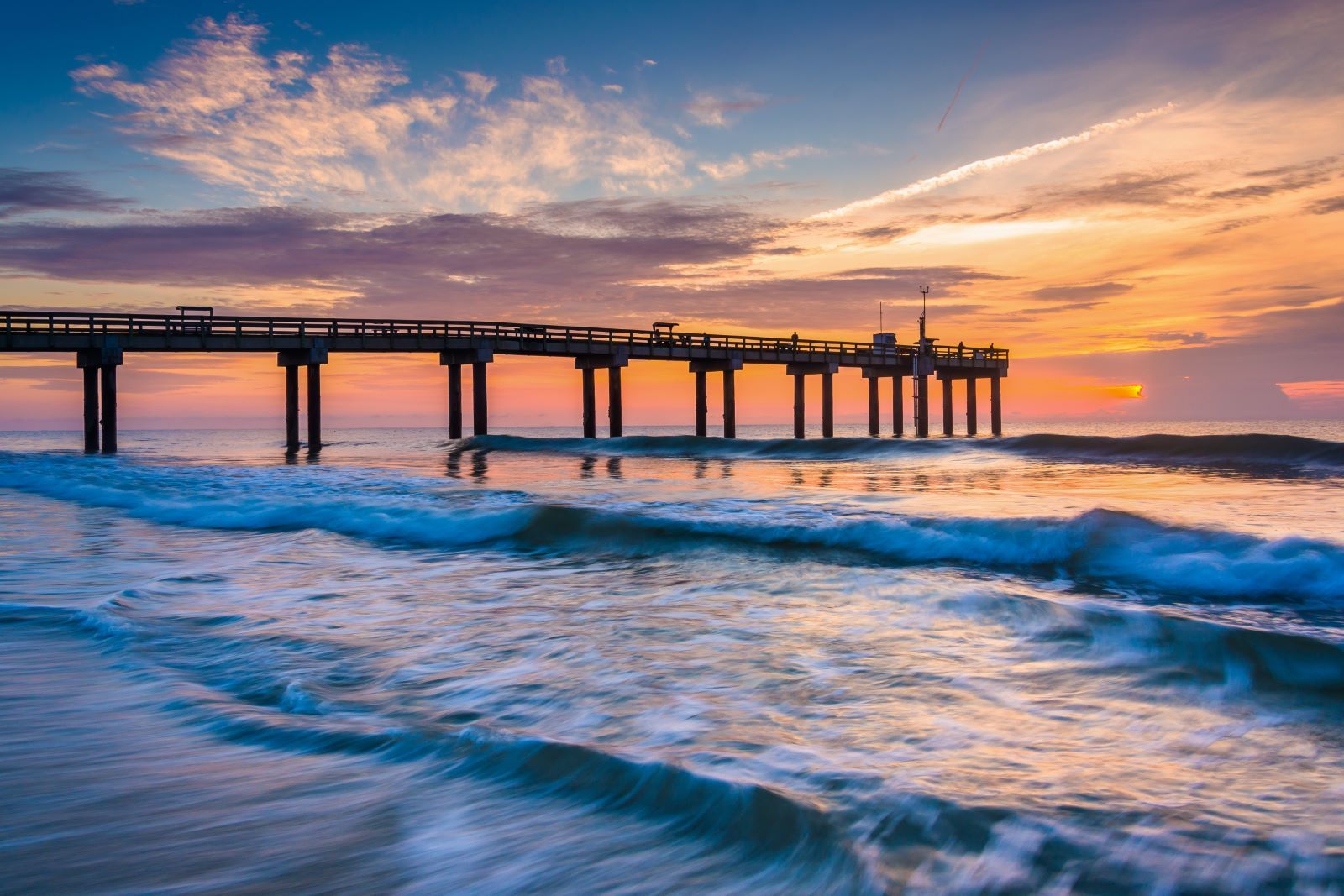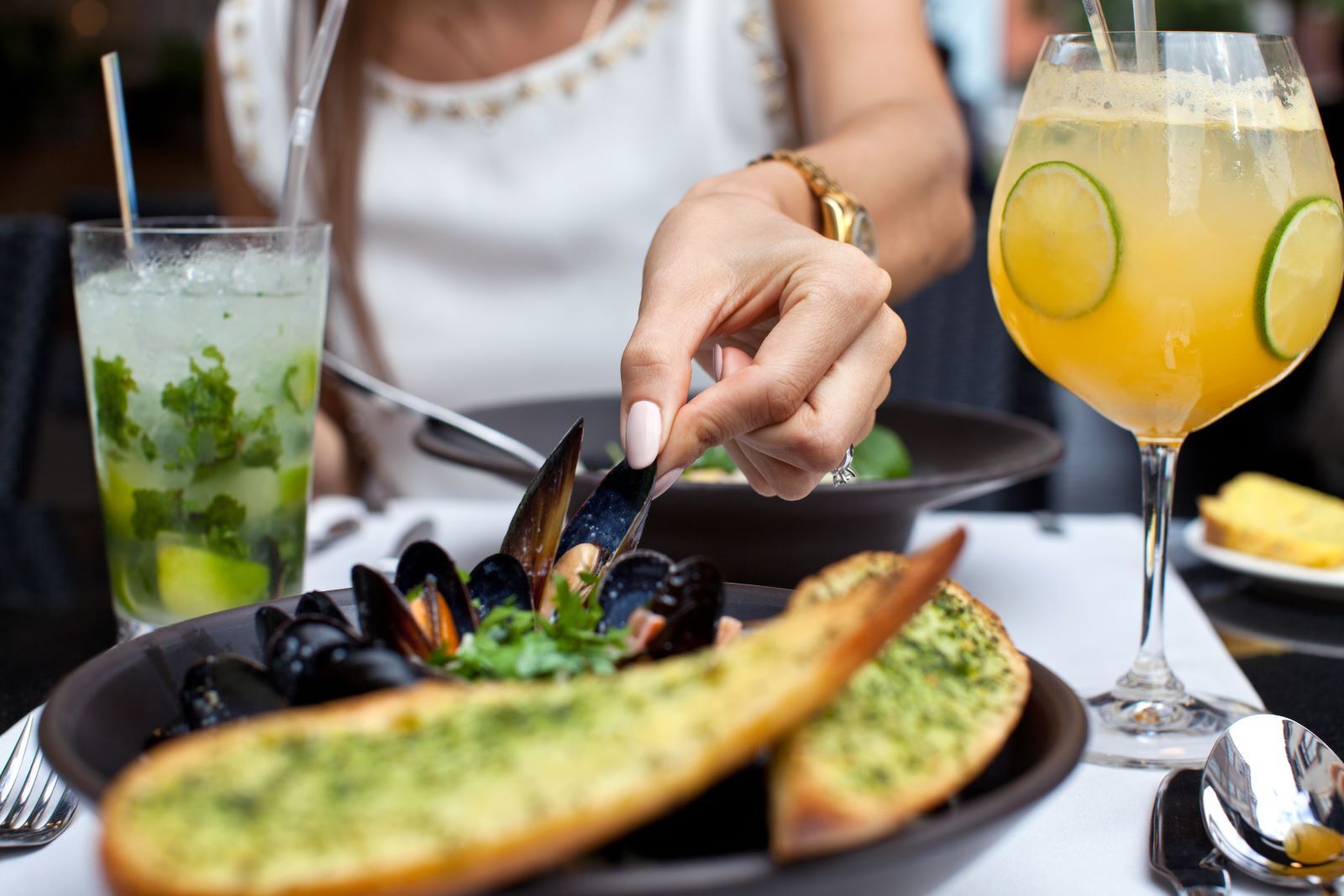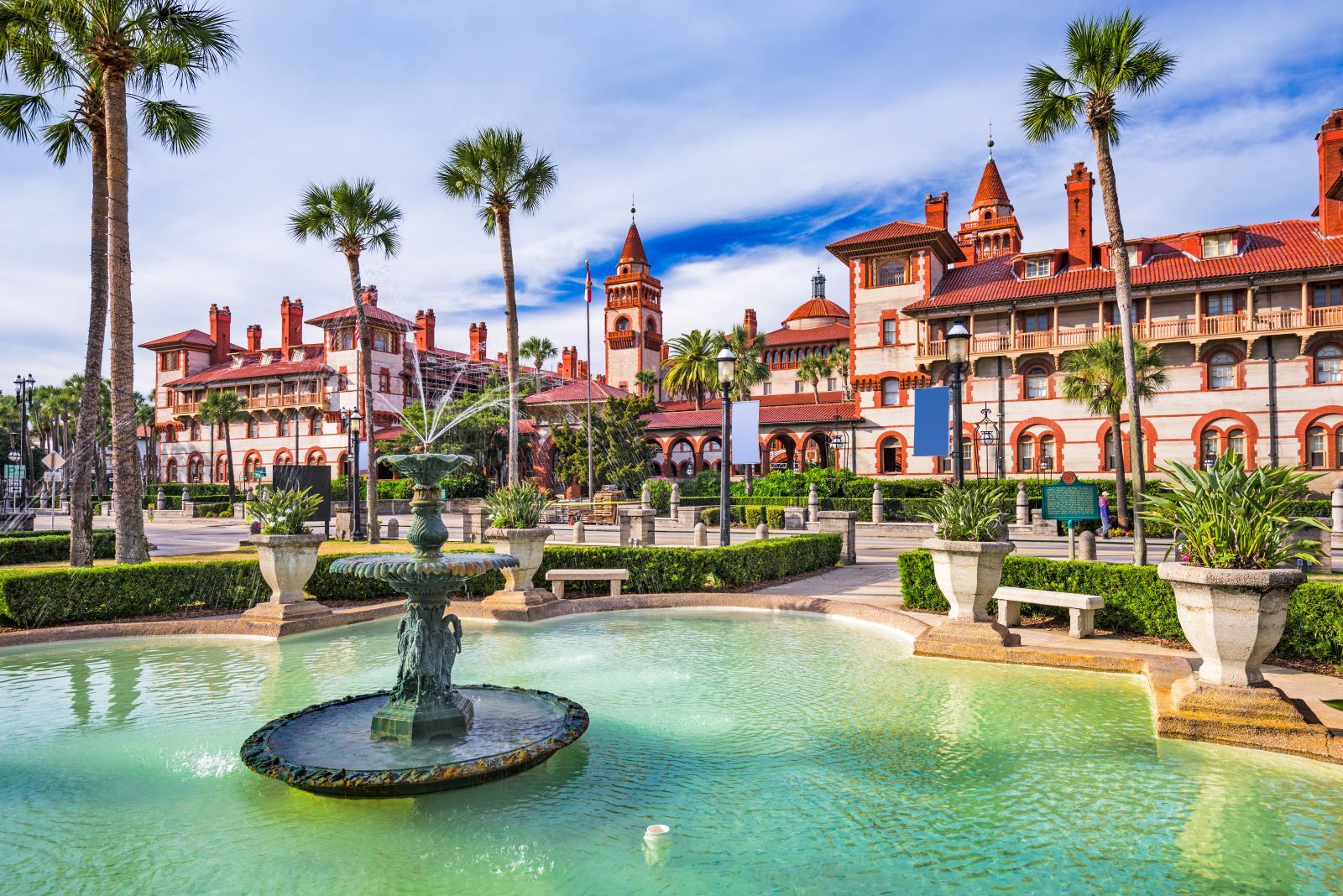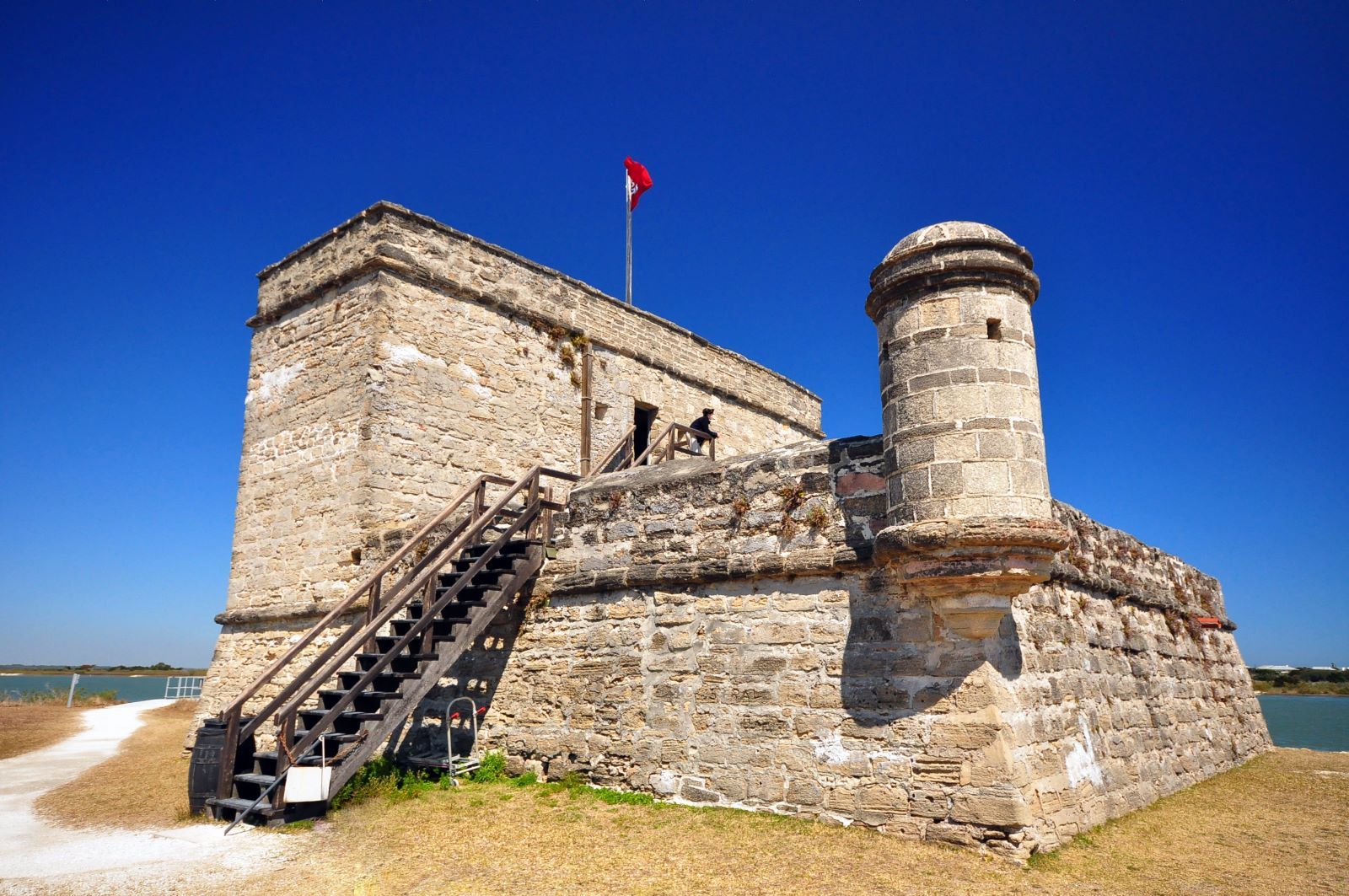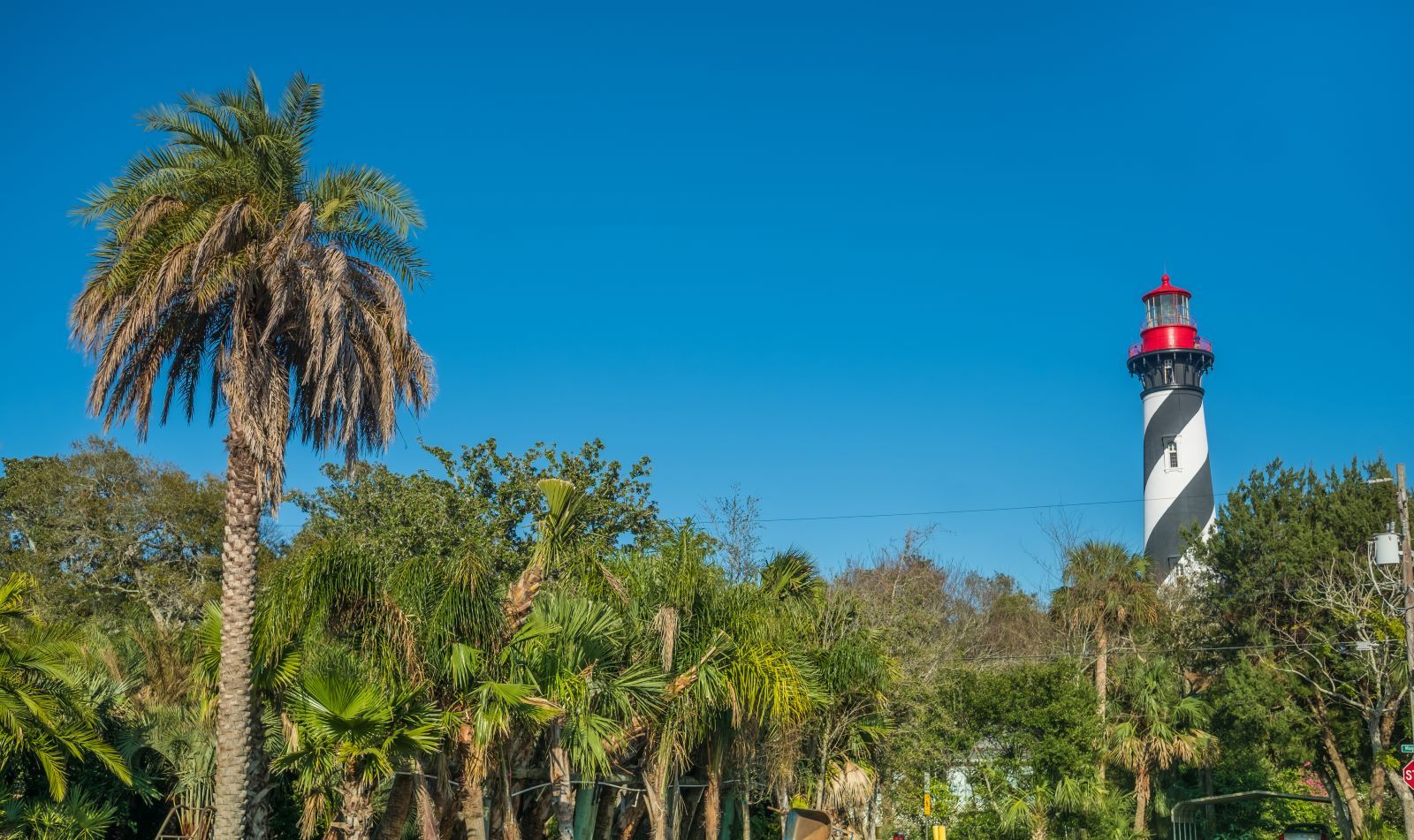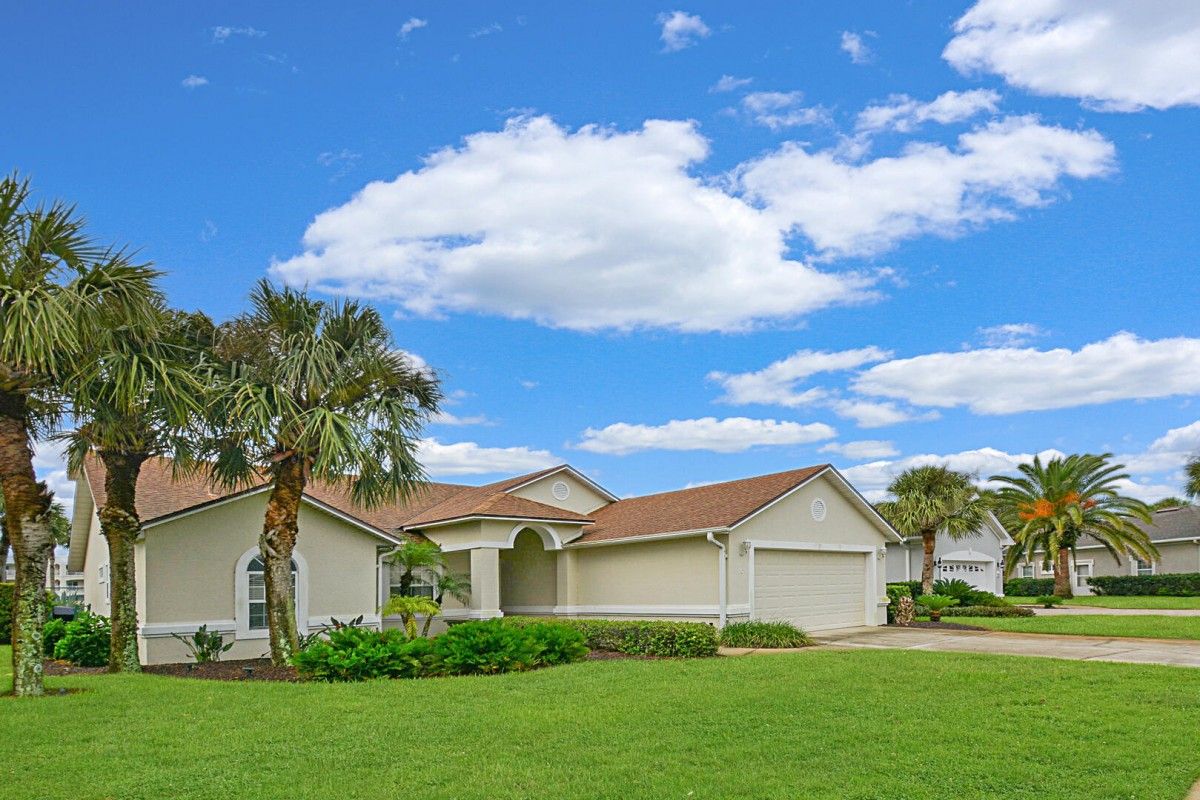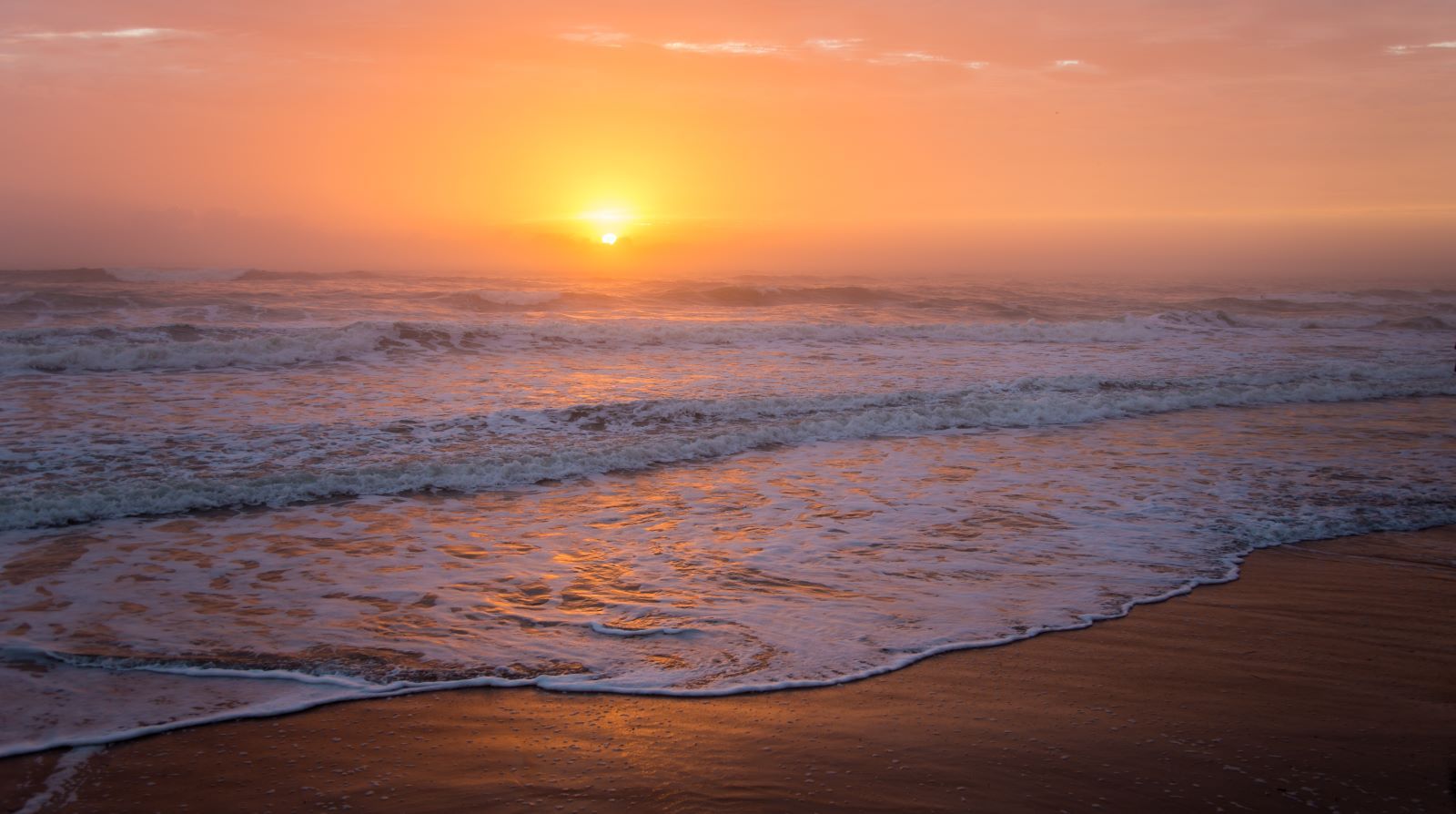St. Augustine is known as The Ancient City and is regarded as the country’s oldest continually settled city.
Founded in 1565, a full 42 years before the British Jamestown settlement, Don Pedro Menendez de Aviles and a crew of Spanish settlers fortified the region and developed an extensive culture of masonry and shoring.
Fast-forward nearly five centuries, and St. Augustine still has distinct and alluring roots in an omnipresent culture of Spanish and general European influence. The city is a melting pot of ethnicities and groups, making it an incredible source of different identities and cultural richness.
The many festival events, attractions, things to do, and historical buildings to see represent a culture of a long time past. But, when experiencing it in St. Augustine, it still feels very much part of the present.
The Cultural Influences and Historical Sites of St. Augustine
Several cultures have had their influence in St. Augustine including the British, Irish, French, Minorcans, Africans, Spanish, and Native Americans.
To see how their history has led to the modern culture of St. Augustine, you may need look no further than its historical attractions. A few, in particular, are major tourist destinations.
The first is Fort Matanzas (8635 A1A S, St. Augustine, FL 32080), a fortified square-shaped fort on the inlet used as a major Spanish development during the decades of battle with the English, French, and other groups.
The area had also been used by the Timucua Native Americans for several thousands of years before the Spanish arrived. It is open every day from 9 a.m. to 5:30 p.m. and stands as a United States National Monument.
The Castillo de San Marcos National Monument (1 S Castillo Dr, St. Augustine, FL 32084) is the country’s oldest masonry fort, and an extension of the influence that the Spanish had on a city that quickly developed a melting-pot identity. The museum is only accessible by guided tour from 9 a.m. to 5 p.m.
Fort Mose (15 Fort Mose Trail St. Augustine, Florida), is the first African American settlement of freed slaves in North America and always a fascinating site to visit. This settlement existed over a century before the Emancipation Proclamation. The community was given their freedom by declaring their allegiance to the Catholic Church and King of Spain.
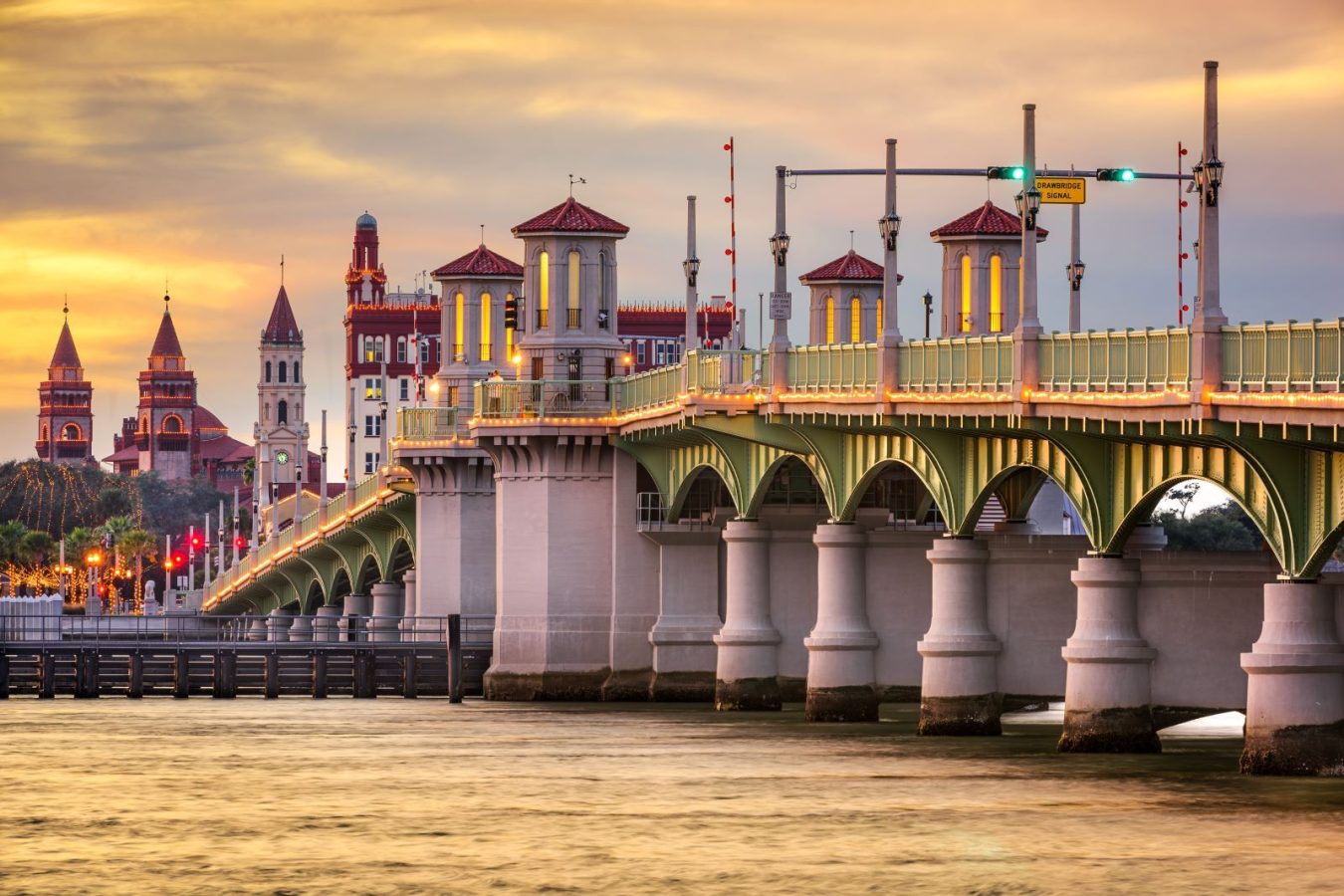
Upcoming Cultural Festivals in St. Augustine
Celtic culture is one of many cultures that are widely celebrated here. The St. Augustine Celtic Music and Heritage Festival is heading into its 8th year and well worth a visit this spring.
This festival includes classic Celtic music performances and a St. Patrick’s Day Parade. Visitors can come dressed in their most vivacious green outfits to see the excitement buzzing around Celtic culture through song, dance, art, and food.
The event is Friday through Saturday, March 9th to the 11th, at Francis Field (25 W Castillo Dr, St. Augustine, FL 32084).
St. Augustine is also home to at least three long-standing authentic Irish pubs, including the antique Barley Republic House (48 Spanish St, St. Augustine, FL 32084) and Ann O’Malley’s (23 Orange St, St. Augustine, FL 32084) by the city gates.
Plan Your Stay
Our St. Augustine resort is your ticket to America’s first cultural center. Call (800)-398-5980 for more about accommodations and the many historic sites and cultural events to experience here.
Or for a taste of the southern charm and Americana of St. Augustine, visit on April 6th, 7th and 8th 2018 for the iconic Rhythm and Ribs Festival at Francis Field (25 W. Castillo Drive, St. Augustine, FL). The event draws nearly 50,000 visitors every year for bluegrass jams, Southern-inspired cuisine, and kid’s activities. Enjoy delicious barbeque and amazing live music throughout the weekend.
Both St. Augustine and America were influenced by a variety of different cultures, whose impact can be felt strongly to this day. Elements of Native American culture can still be seen in St. Augustine at its historic sites, along with various European and Latin-American influences. This can be experienced through a myriad number of St. Augustine events.
In some ways, the melting cultures of St. Augustine have come to define America as a whole. St. Augustine set the precedent for American development. Many cultures are represented here in some way, from Celtic culture to Native American and African American historic sites to divine Spanish restaurants.

